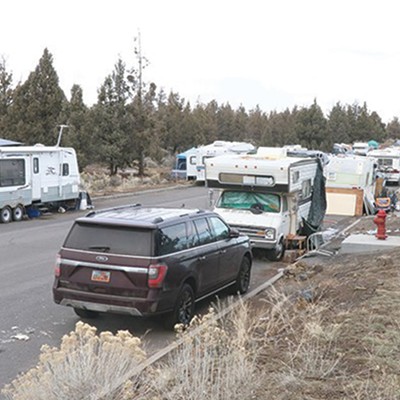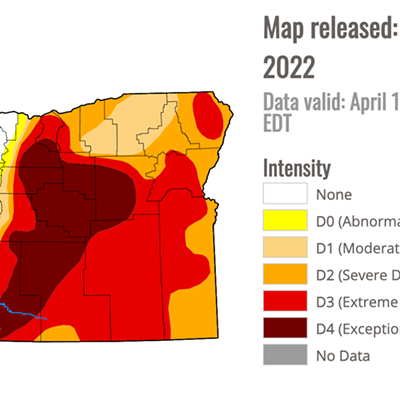Over the last couple of months, my wife, Sue—a long-time member of the North American Butterfly Association (NABA) and student of the beauty and ecology of butterflies—has conducted several butterfly counts in the region. She counts them because their numbers are vital to knowing what's going on in our world, and she loves to teach kids about them.
NABA, which has been running the Butterfly Count Program in the United States, Canada, and Mexico since 1993, asks its local chapters to conduct counts in their area, then consolidates all the data. Each of the approximately 450 counts consists of a compilation of all butterflies observed at sites within a 15-mile diameter count circle in a one-day period.
The annually published reports provide a tremendous amount of information about the geographical distribution and relative population sizes of the species counted. Comparisons of the results across years can be used to monitor changes in butterfly populations and study the effects of weather and habitat conditions on North American butterflies.
Why? Because if butterflies suddenly vanish from an area where they have been living for years it's like setting off a fire alarm when you smell smoke. Butterflies are one of the best environmental indicators of how things are going here on Mother Earth.
On Wednesday, June 22, Sue started her 25th count season by traveling to the Big Summit Prairie area of the Ochocos with a crew of butterfly experts from the Eugene Chapter of NABA, along with their friends and families.
Yvette Orsillo of Bend and her three children have been taking part in the NABA counts ever since they began; she has often said it's the most wonderful way to begin her summers. Her two daughters, who attended the counts all through their elementary and high school years, have gone out into the world to make their own way, but her teenage son, Jimmy (who was carried in a chest pack on his first count), still comes, bringing his pals with him.
Butterflies are found on every continent but Antarctica, and the U.S. is home to more than 700 species of these beautiful pollinators. Butterflies play a vital role in a variety of ecosystems, as pollinators and a food source for other species, and as important connectors in every healthy ecosystem web. While they may not be as efficient as bees, butterflies do their part.
Over 90 percent of all plants need a pollinator to reproduce, and as bee populations drop, the role of the butterfly becomes even more vital.
A case in point is the move to increase Monarch butterfly populations in an effort to save the species, and at the same time keep them off the Endangered Species List. As just about everyone knows, Monarch numbers have dropped from the billions to the millions. Establishing Monarch way stations with major plantings of local milkweed (the ONLY plant species Monarch caterpillars can feed on) is already beginning to help.
The World Wildlife Fund and other organizations have determined that the loss of the milkweed plant is the main reason for the drastic drop in numbers. Iowa—a state that once produced Monarch butterflies by the millions because of the abundant native milkweed—has placed their shrinking milkweed populations on the threatened species list.
Butterflies also provide assistance for genetic variation in the plant species they collect nectar from. Many species of butterfly—such as the migrating Monarch—travel over long distances, which allows pollen to be shared across groups of plants that are far apart from one another. This helps plants to be more resilient against disease and gives them a better chance at survival.
Butterflies also act as a lower member of the food chain. Most provide a hearty meal for a number of animals, including predatory insects, spiders, birds, and mice—all of which are vital parts of every ecosystem.
Like bees, butterfly populations are susceptible to pesticides. To help them survive, we can cultivate milkweed and other nectar plants in our gardens and avoid using pesticides in our yards.
After compiling the Ochoco Count and sending the data to NABA, Sue and I were off the next week to Lava Beds National Monument in Northern California, which Sue started back in the 1990s. This year's count yielded more than 45 species observed, including 530 Small Wood Nymphs, 490+ Variable Checkerspots, and 289 Becker's Whites.
However, everyone on the count was disappointed that no one spotted a single Great Spangled Fritillaries or Mourning Cloak, and most troubling aspect was the low count of 41 Monarchs, the monument's most important species.
If you want to know more about butterflies, pick up "Butterflies of Cascadia" by Bob Pyle, or the brand new guidebook by local author LeeAnn Kriegh, "The Nature of Bend," which was reviewed recently in the Source Weekly.
To join a butterfly count, contact me at [email protected], and be prepared to pay a $3 participation fee.



























